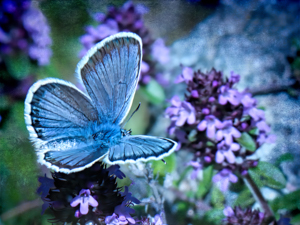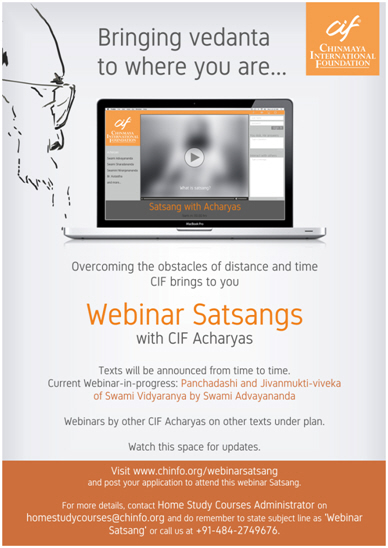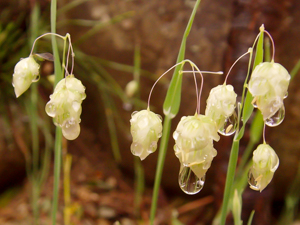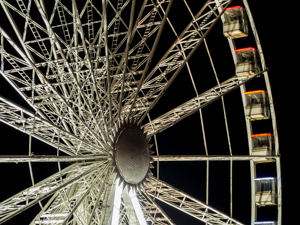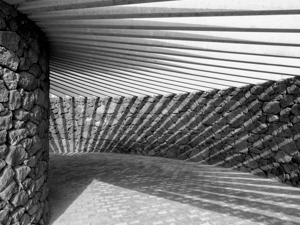Q: Are true and false relative opposites, like fast and slow?
A: Wow – a difficult one!
To some extent, I think both depend upon context (so would have to be ‘relative’). Fast and slow are a good analogy. These still have an ‘absolute’ sense: ‘Fast’ (with capital letter) must be speed of light; ‘Slow’ must be stationary. Similarly, most statements can be construed as true or false ‘to a degree’, can’t they?
Here is the opening from the Philosophy Foundation website on ‘Truth-Falsity’:
Are these a) true, b) false, c) neither or d) both?
‘I am 20.
‘I am me.’
‘The Simpsons is a really good programme.’
‘I am shopping in Lewisham’ (when the speaker is shopping, but not in Lewisham)
‘This cake is made of jelly’ (when it is half jelly and half something else).
‘2 + 2 = 4’
‘Unicorns only have one horn.’
’10 grains of sand make a heap.’
‘This sentence is false.’
‘Aliens exist.’
Makes you think, doesn’t it?!
Continue reading
